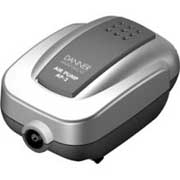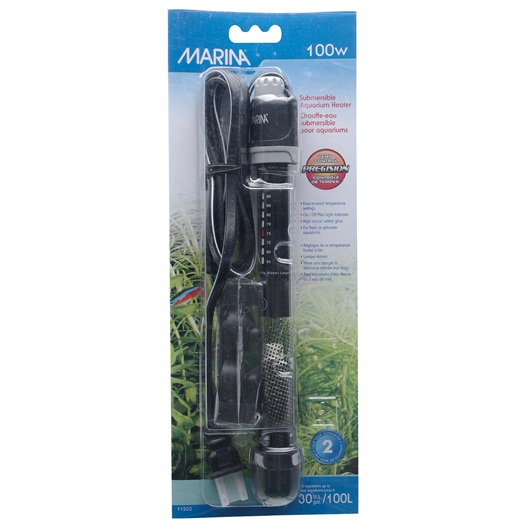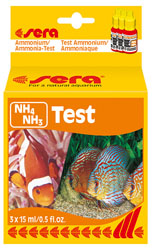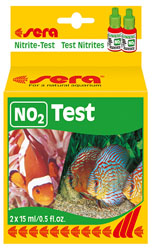14. Quarantine and Treatment
Any discussion of quarantine and treatment begins with the adage “prevention is the best cure for disease.” The more stable a system, the less chance for problems. Strive for the most stable, most heavily filtered, and the most stress-free system possible.
Be observant. An awareness of healthy behavior and appearance will tip you off much sooner when problems are brewing. Observe fish carefully during quarantine and treatment. What you learn from one treatment may help you during the next outbreak.

Should problems arise, remember – the sooner the problem is treated the better. Early detection and treatment of disease will greatly improve your livestock’s chances for survival.
A small investment in a quarantine tank will quickly pay for itself. Quarantine and treatment of sick fish in a separate tank will require smaller doses of medications and make water changes easier.
Also, by isolating fish for treatment, more delicate species are not at risk from exposure to inappropriate medications and the biological filter in the main tank remains intact. Further, quarantine and treatment tanks will not limit the types of medications that can be used.
The ideal quarantine tank should consist of a 10-30 gallon aquarium with a glass canopy and no light. Lights are best left off during treatment but can be used for periodic viewing of fish if needed. Filtration should be provided with an internal filter. This filter can be run in the main aquarium then easily transferred to the quarantine tank for an immediate biological and mechanical filter system. Safety is an important issue for sick fish. The quarantine tank should be stocked with adequate hiding places for fish on the mend. Plastic or synthetic plants and decorations that will not interfere with medications can be used. Avoid adding substrate to the tank.
Recommended Equipment for a Quarantine System
A Aqua Supreme Air Pump AP-2 air pump should be used with an airstone. On more heavily loaded systems or when more than one fish is being treated, this pump will power an internal box filter or sponge filter, like the See All Bio-Sponge Filters.
An internal box filter, like the weighted Triple-Flow Corner Filter,
is perfect for using seeded Matrix or other biological media that is seeded with bacteria from the main aquarium. This unit can be packed with floss for mechanical filtration, as well. Another excellent filter for a quarantine and treatment tank is the Hydra High Efficiency Sponge Filter.
Powerful 100-watt Marina Submersible Aquarium Heater provides reliable heating for fresh or saltwater aquariums up to 30 gallon aquariums. The heater includes many practical features for easy use, safety and convenience, including an easy-to-access temperature set dial, on/off pilot light indicator, and a bumper guard for fish safety. Made of durable high-impact glass, it’s built to last under normal aquatic conditions.
Always add a high quality dechlorinator anytime tap water is added to the quarantine and treatment tank. aquaLife Complete is an excellent product that not only dechlorinates but adds important elements to maintain slime coat integrity and reduce stress. aquaLife Complete also detoxifies chloramines if they are present.
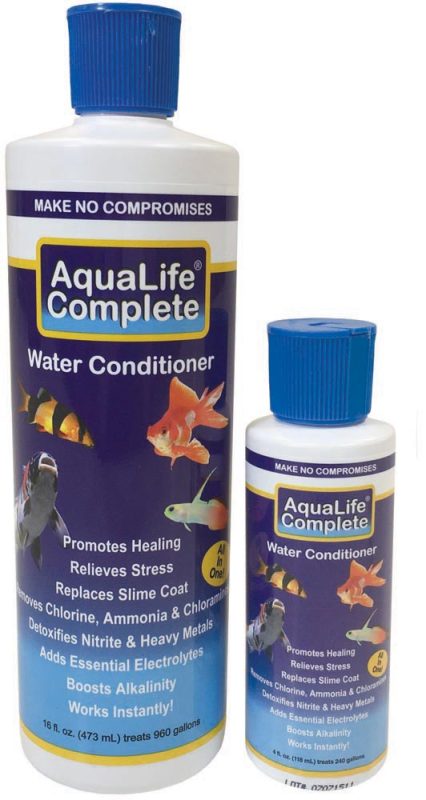
Vitamins and appetite stimulants added to the water are also important during quarantine and treatment. These additives help prevent nutritional deficiencies that often occur in sick species that are not eating properly. If fish will eat, Vita Chem added to frozen food is an excellent vitamin supplement.
Remember, always test ammonia and nitrite levels during treatment. If ammonia and nitrite levels increase, as is often the case when antibiotic medications are used, do water changes to reduce their levels and re-medicate.

